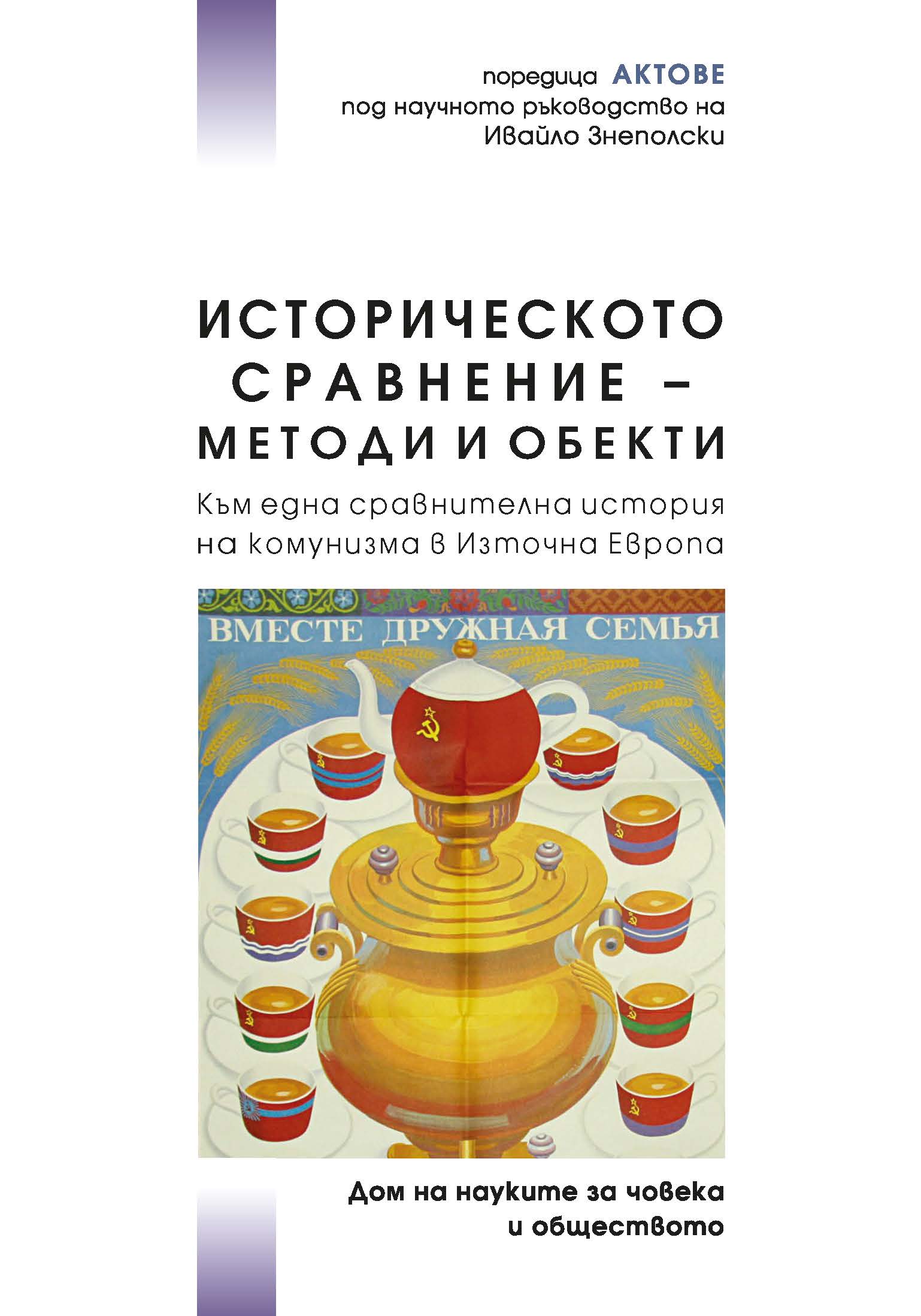
We kindly inform you that, as long as the subject affiliation of our 300.000+ articles is in progress, you might get unsufficient or no results on your third level or second level search. In this case, please broaden your search criteria.

The article deals with the opinions of Tatar theologists who were the representatives of the so-called Jadidism – a reformatory movement of Tatar Muslims that took place in the 19th and early 20th centuries – in relation to the Prophet Muhammad’s saying about the schism in his community and the afterlife salvation of only one of its groups. The analysis is based on the theological works of four prominent Tatar scholars of Islam: A. Kursavi, Sh. Marjani, R. Fakhretdinov, and M. Bigiev. These works are studied in chronological order to reveal the evolution of the views concerning the entire Muslim reformatory movement among the Tatars in general. In addition, the question as to whether the Tatar theological heritage can foster tolerance among modern Muslims is considered.
More...
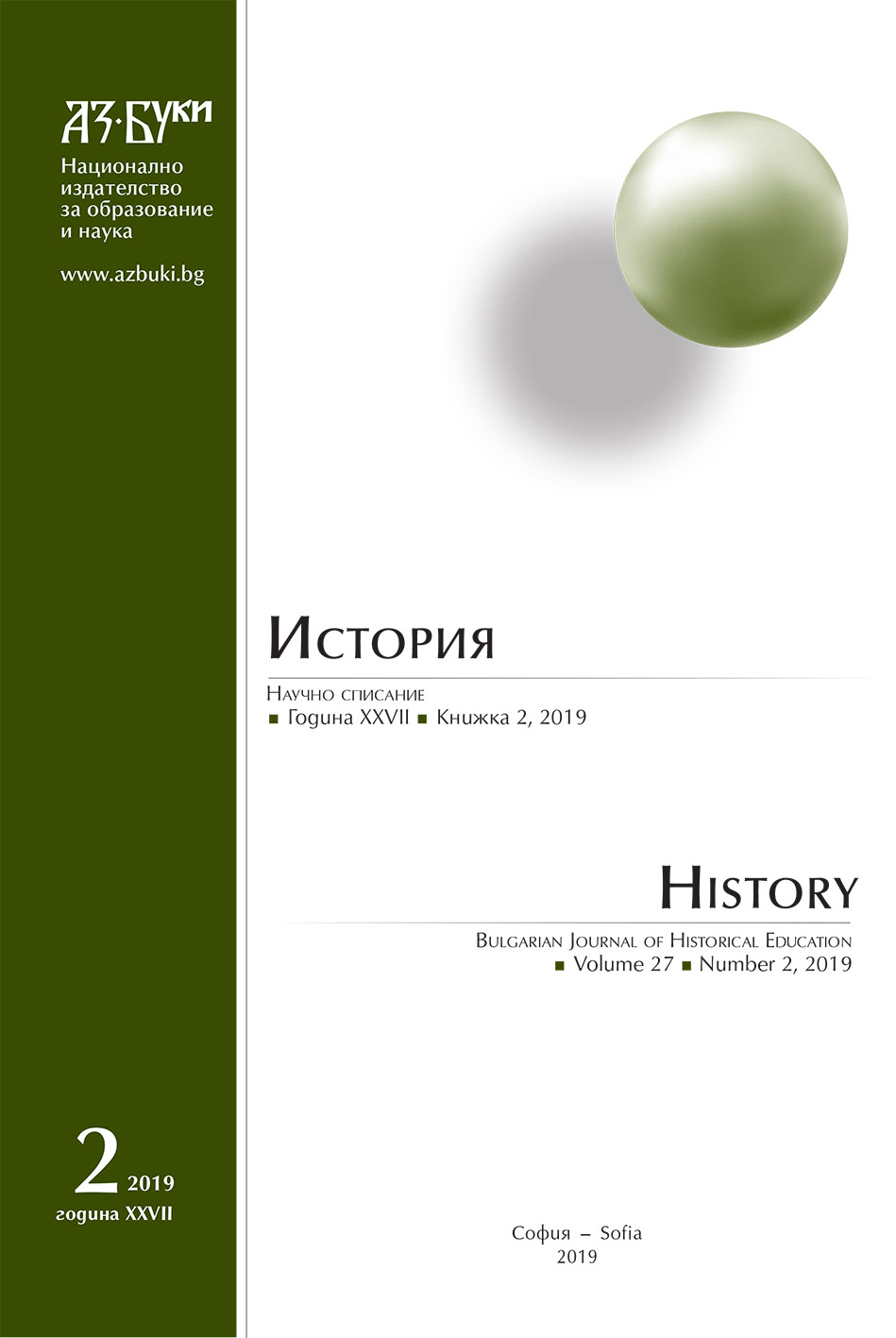



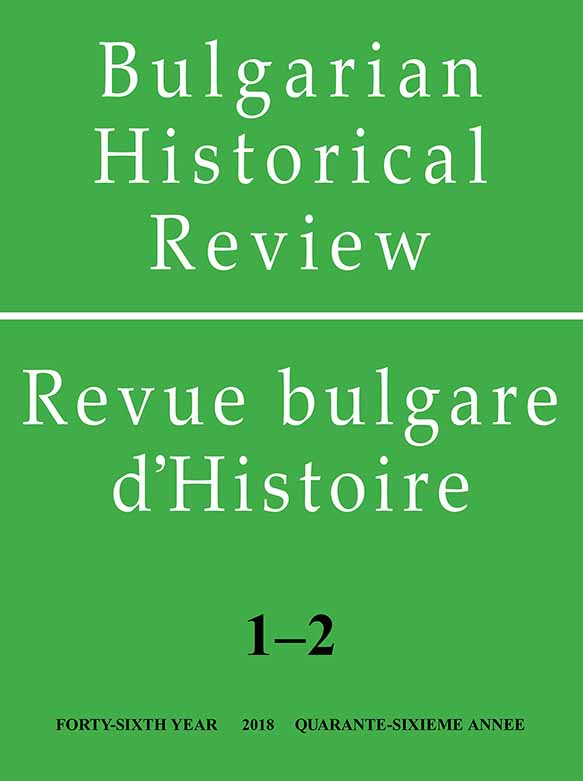
Today, Bulgaria is both a political and a cultural member of Europe, while Korea forms a common areal with its neighbours, China and Japan. Throughout the centuries, however, both countries, located geographically on the road of intensive commercial and cultural exchange, experienced the impact of nomad peoples, like the Mongols and the Turks. This is why today we can find many similar elements in the culture of Korea and that of Bulgaria, which are the result of the centuries-long thread connecting Koreans, Mongols, Turks and Bulgarians. One of these elements worthy of academic research is the deified Heaven known as tengri, which most probably lies at the core of the names Tangra in Bulgaria and Tangun in Korea. The Korean Tangun is only mentioned once in the work of the Buddhist monk Iryeon from the 13th century as a celestial son, founder of the first Korean kingdom – Ancient Joseon. The name Tangra was deciphered by some scholars in Bulgaria from a Turkish manuscript which did not survive to this day and a somewhat illegible writing on a stone pillar. Throughout the centuries, there have been no traces in either country of people worshipping Tangun or Tangra. There is no historical, archaeological or ritual evidence supporting the existence of a religious cult of the two deities. However, in modern times, in both Korea and Bulgaria, Tangun and Tangra have been brought to public attention as the symbols of an ancient proto-Korean and proto-Bulgarian religion, respectively. For patriotic reasons, the two peoples have brought Tangun and Tangra to the foreground in opposition to the official religion. The aim is to derive a monotheistic religion from one main proto-deity to equate (and why not to precede) the official religions (Christianity in Bulgaria, and Confucianism and Buddhism in Korea). This study investigates the construction of the image of Tangun as a supreme national symbol in Korea and draws a parallel with Bulgarian Tangrism. It focuses on the transformation of the image of Tangun in Korea from a deified mythological hero into a historical figure, through a large-scale, well-coordinated and well-funded state policy. While the cult of Tangra in Bulgaria is a source of national pride for some Bulgarians, it has not received the strong state support the cult of Tangun in Korea has.
More...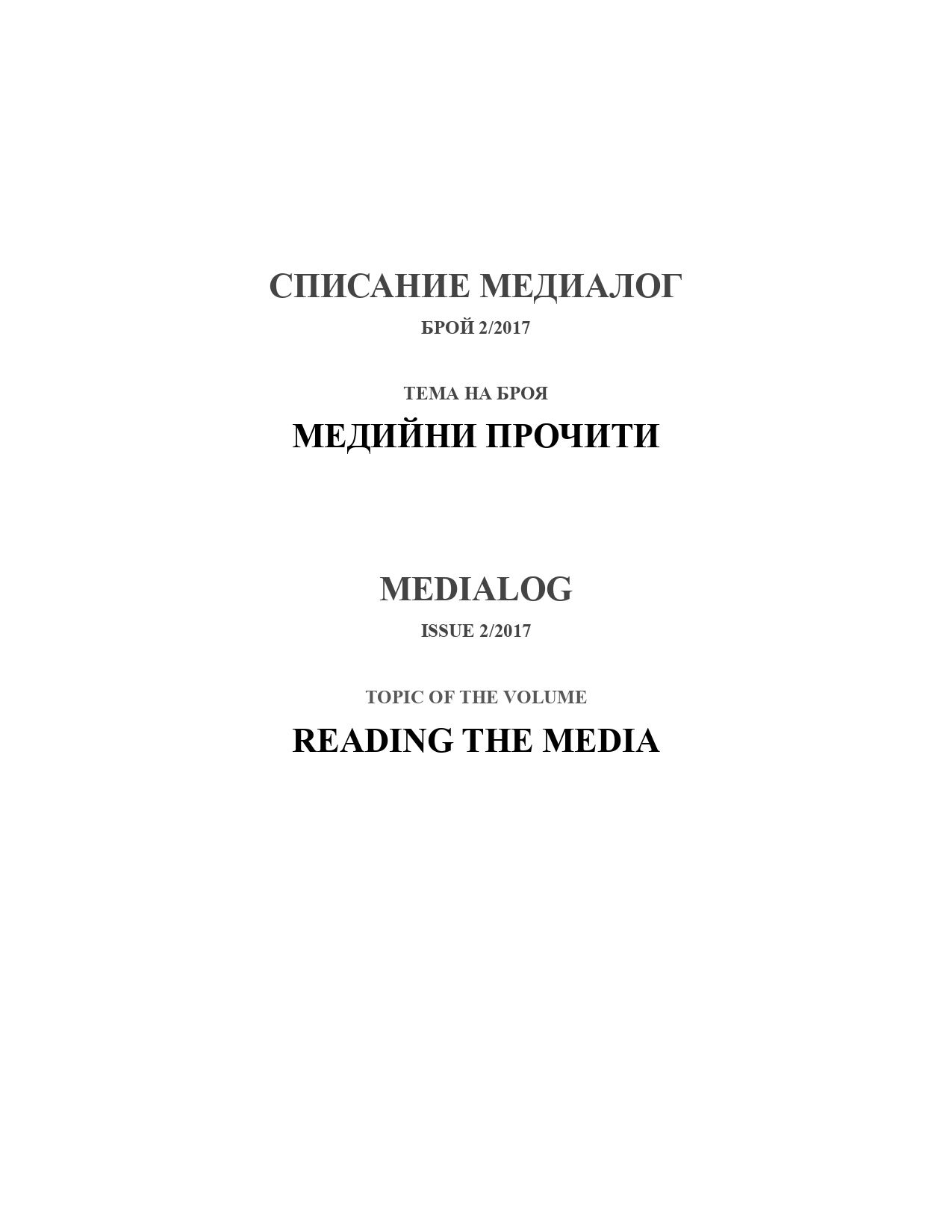
‘Centre and Periphery of the Europeanised Public Spheres’ by Ralitsa Kovacheva – book review
More...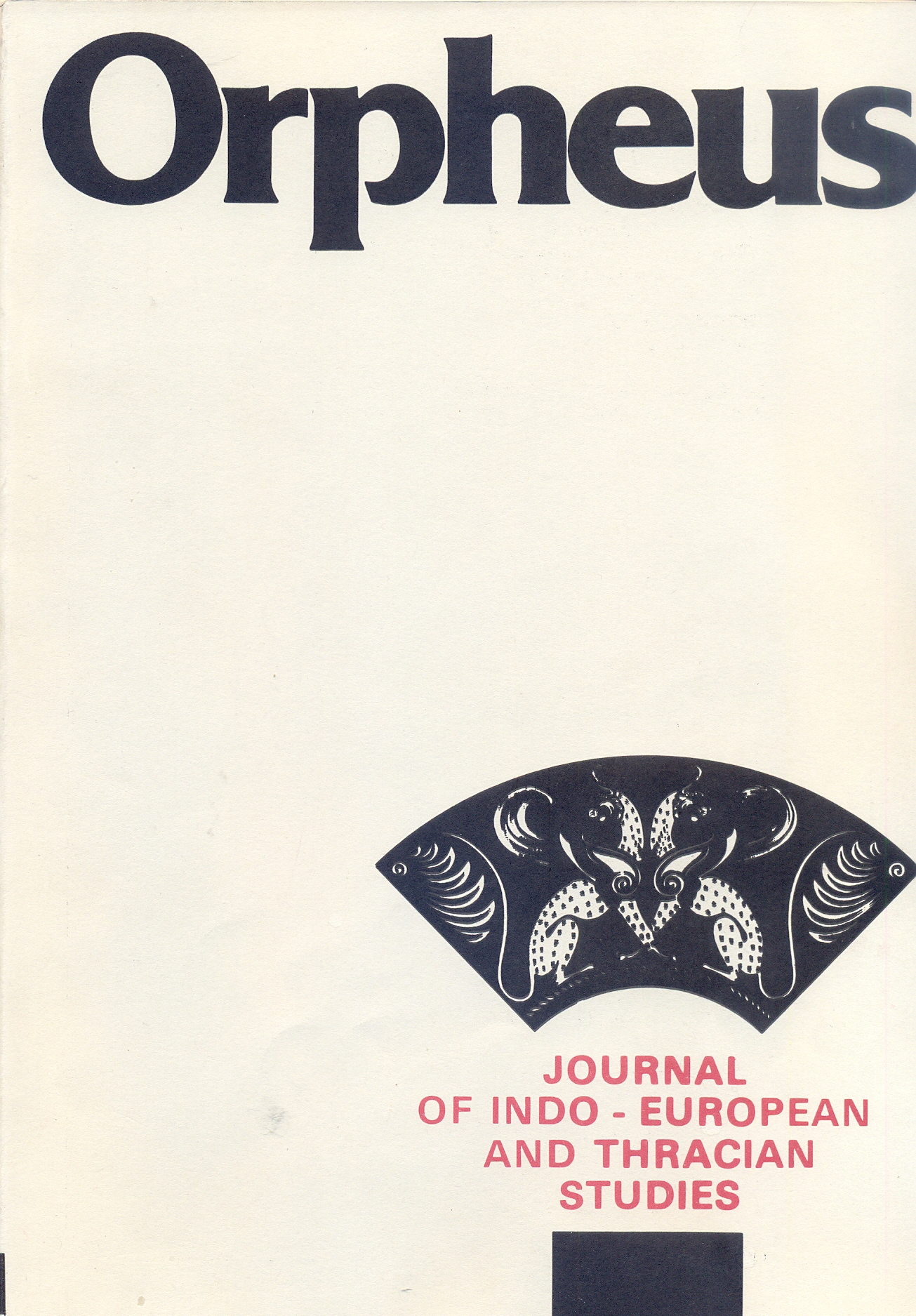
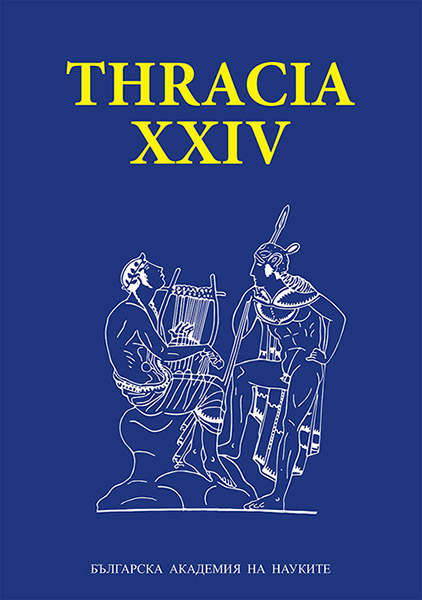
The text deals with the theatrical activity of Prof. Alexander Fol’s father, the theatre director Nikolay Fol, who was a remarkable figure in Bulgarian culture. Emphasis is placed both on his performances at the National Theatre and on his dramatic work. It is noted that he was an artist, intrinsically connected with the tendencies of looking for new forms in art between the two world wars. It is emphasised that Nikolay Fol implemented in his work European quests in the field of scenography, modern music, plastic art and choreography from the second half of the 20th century. His orientation was to the intellectual, laconic theatre, which contains significant ideas related to human existence and consciousness, to expressionist means of suggestion. In the spirit of German expressionism, his directorial decisions were towards the use of conditional decoration, large massive scenes, choirs that talk and dance in a modern style. His productions were monumental, they often touched the audiences deeply with many forms of expression. Critics defined his performances as bright, dynamic, entertaining, engaging. Attention is drawn to the fact that an important moment in Nikolay Fol’s biography is related to his belief that children’s theatre is extremely important for the development of adolescents, prompting him to become the founder of several children’s schools.
More...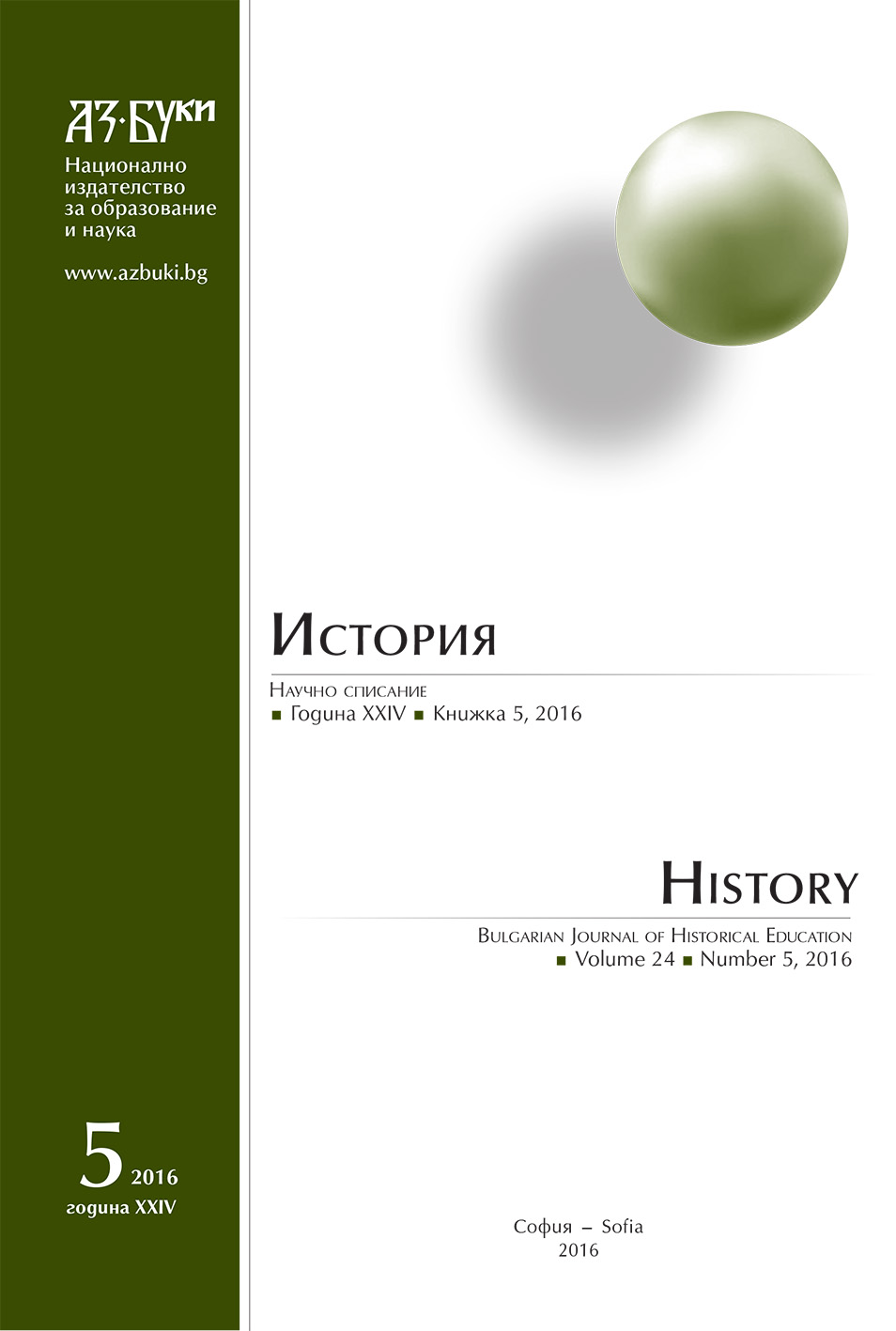
Russian revolutions of 1917 still attract the attention of the historians. Was Russia able to avoid those cataclysms? Why was the Proletarian revolution accomplished in an undeveloped rural country? These and many other questions have answers sought in the perspicacious books of the Russian religious philosopher Nikolai Berdyaev. He is the man who saw the truth that the revolution was the internal destiny of the Russian people and that Bolshevism could only be defeated with intellectual overcoming and not with guns.
More...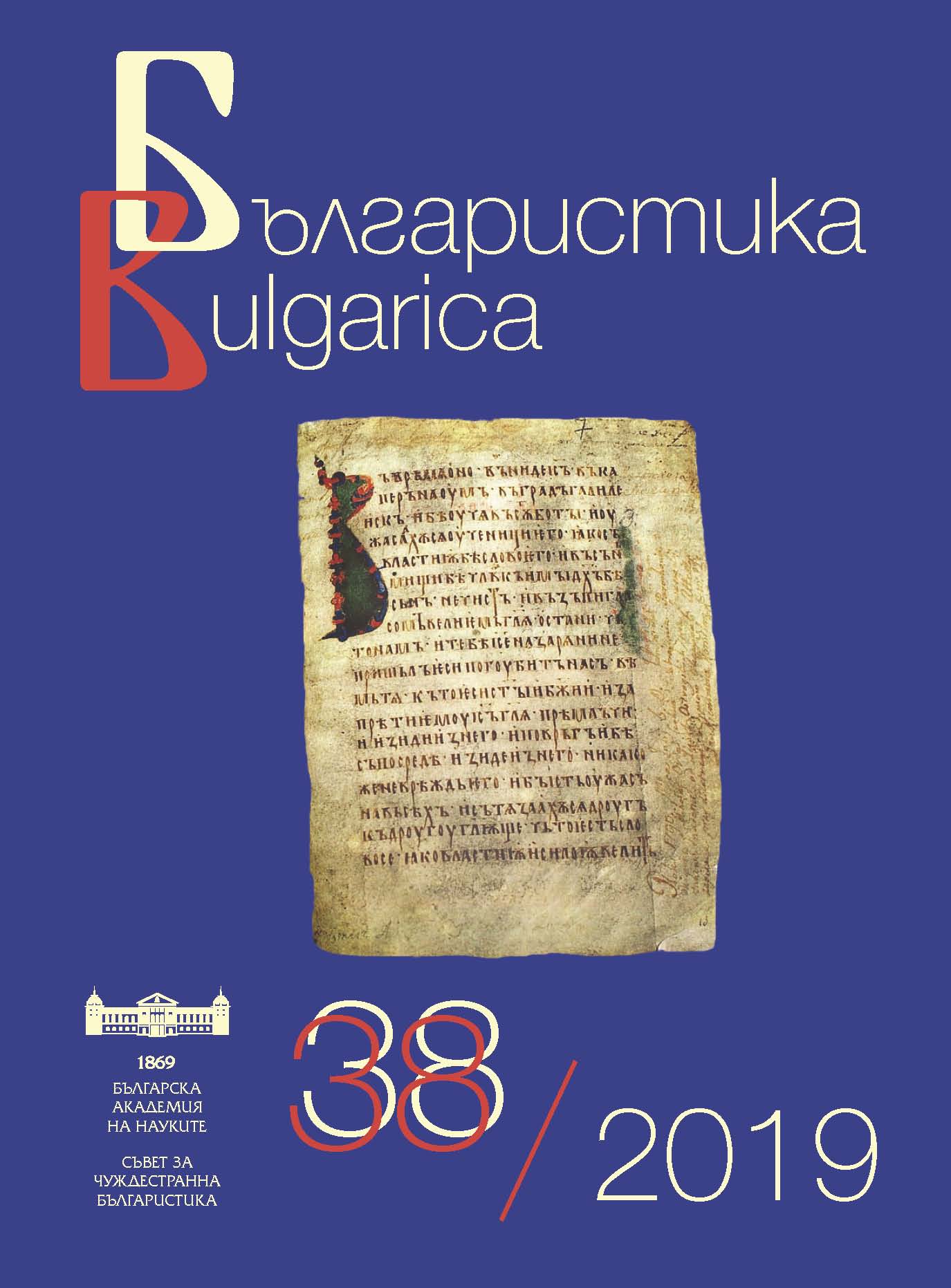
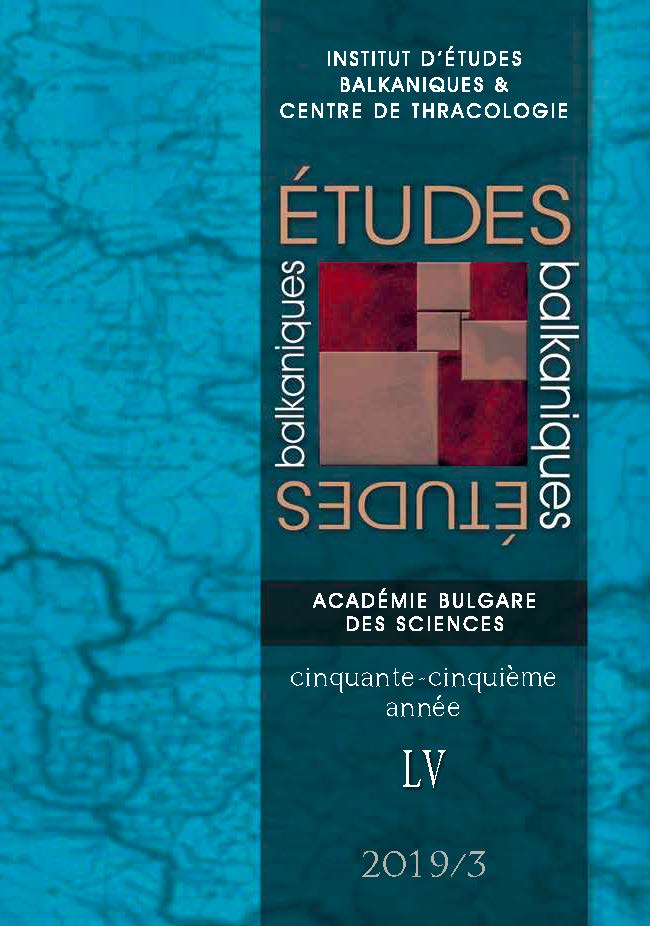
The present study focuses on texts of Western Travelers (Konrad Grünemberg, Pietro Casola, Arnold von Harff, Felix Fabri) and data pertaining to the culture, languages and customs of the Balkan people. Curious details about wedding and funeral customs in the Balkans we can found in the travel notes of Konrad Grünemberg. Arnold von Harff provides valuable data on Balkan languages – Slavic, Greek, Albanian and Turkish, including short dictionaries of these languages. In the travel notes of Western pilgrims and travelers, the ethnic diversity of the Balkans is consistently reflected. The western texts state that the majority of the Balkan population was Christian Orthodox. At the same time, there is interesting information on the minorities of Gypsies and Jews in a suburb of Modon, and their characteristic cultural features are discussed at length.
More...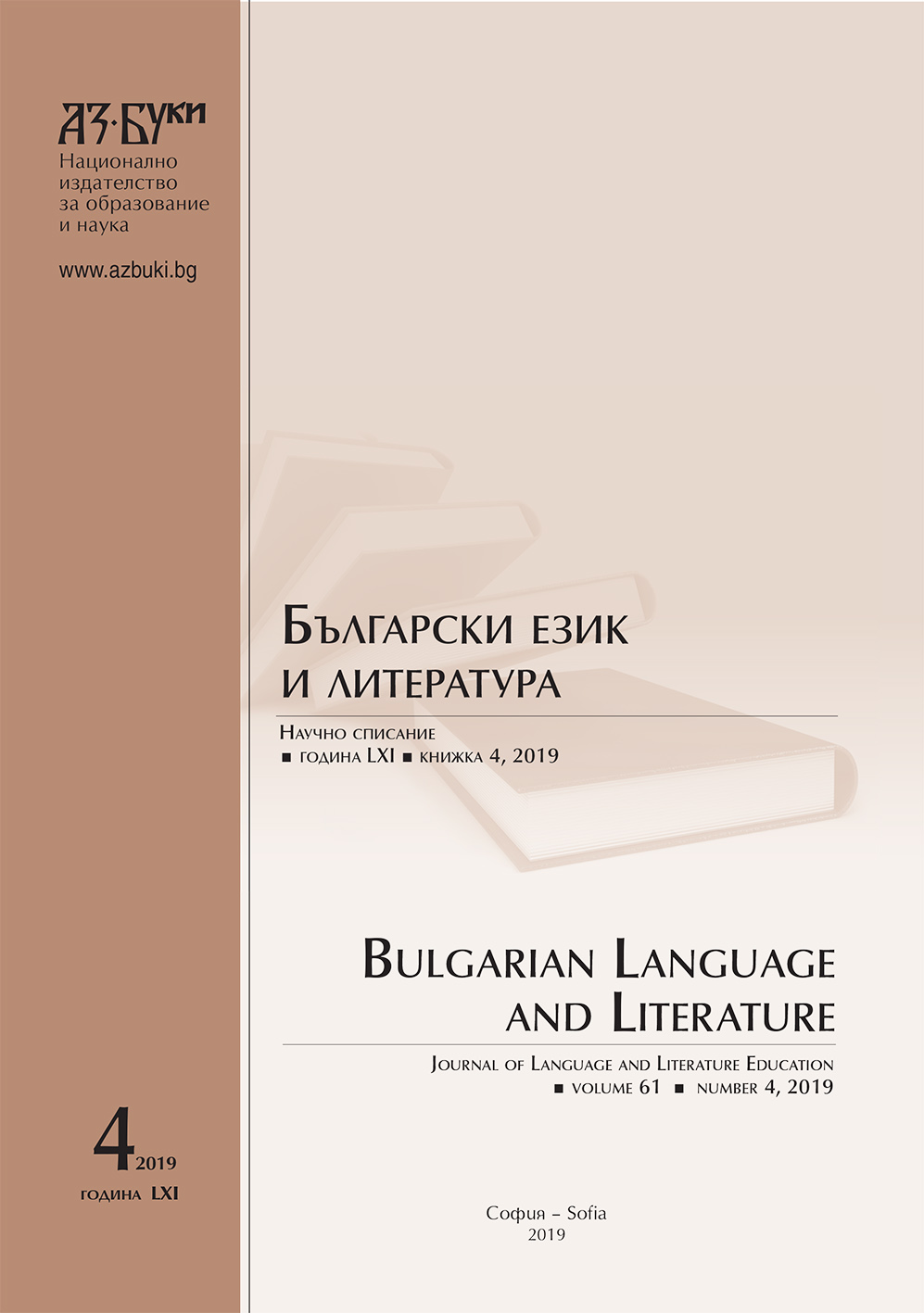
Bulgarian Golden Age is, on the one hand, a time of territorial expansion and significant presence on the political map of Europe; on the other hand, it is the period of the first major peaks in Slavic literature, and, probably, in arts and architecture. At its core, the Golden Age is joining the spirituality and mentality of the Byzantine world and adoption of the achievements of its centuries-old philosophical tradition. The Byzantine models in literature were borrowed by using two co-existing principles: copying and adaptation. The former might be observed in most of the works intended for non-liturgical individual or monastic reading, which were translated in full. The latter is found in miscellanies compiled from partial translations and excerpts, or in Old Bulgarian translations that were abridged, edited, or reworked. The article aims at examining the most important examples of such adaptation and its features, pointing out the role of the aristocracy and the ruler himself in guiding these processes.
More...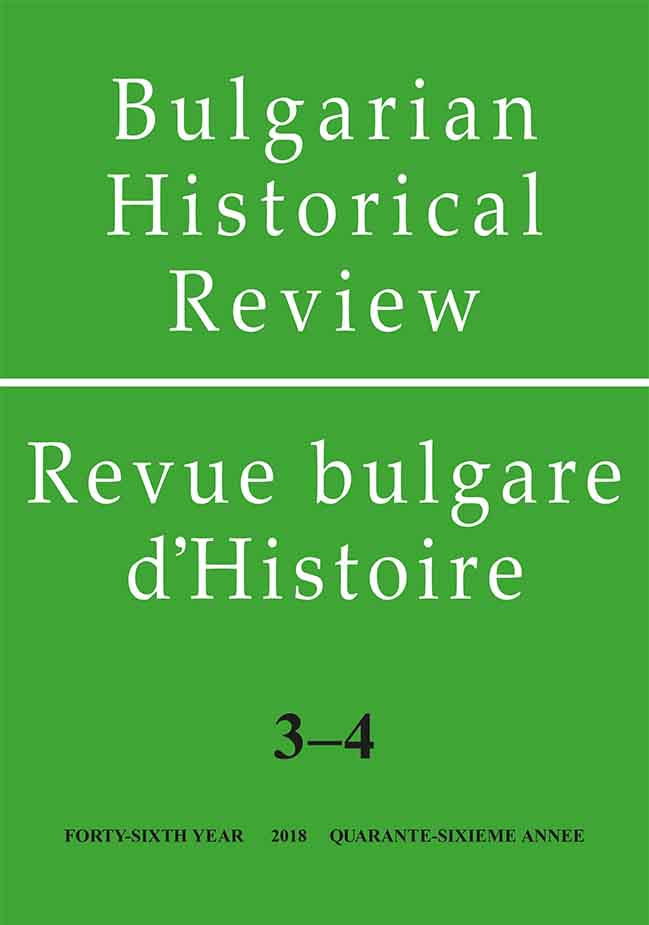
The article aims to present in broad outlines and to make some remarks on the main aspects of the past and above all the present of the historical Bulgarian studies abroad or the study, teaching and popularizing of Bulgarian history abroad. Besides publications on the topic, the author has used the archival fund of the Center for Bulgarian Studies, which is stored in the Scientific Archive of the Bulgarian Academy of Sciences, information from websites and his personal observations. The stimulated and controlled upsurge of Bulgarian studies abroad during the period of socialism and its decline in the conditions of democratization is explained primarily by the direct connection between the Bulgarian state policy, on the one hand, and the Bulgarian studies, on the other. The topic of the historical Bulgarian studies abroad poses the question of the boundaries in the research on Bulgarian history. The boundaries imposed between the states by big politics, but also those established by the various professional and personal backgrounds and realizations of the historians, has resulted in a multitude of historical interpretations of the past. Therefore, the question of whether a history “without borders” is possible cannot get a positive answer. The common subjects and topics of research connect historians abroad and those in Bulgaria, and entail the need for their better mutual information and communication. The “external” viewpoints of the past sometimes confirm the “inner” ones, but in other cases they offer important correctives, such as: rethinking of the “closed” national visions of Bulgarian history; its more successful inclusion into the regional and world historical processes; enhancing the links of history with other sciences and the interdisciplinarity of research.
More...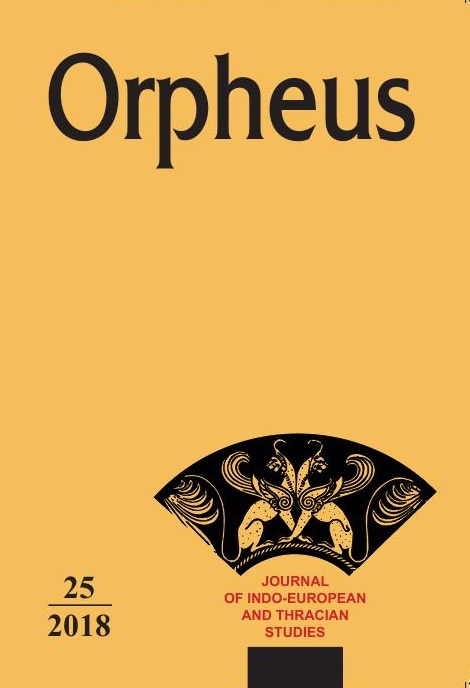
The paper aims at resuming a once vivid discussion regarding the Pre-Indo-European (Pre-IE) heritage of Europe. Two old studies have been chosen as relevant in the field: Skok 1950 and Rostaing 1950, incidentally both published in the same year. At that time, the two authors represented an active trend in the field of historical and comparative linguistics, meanwhile somewhat blurred by the approaches to the so-called Nostratic hypothesis. The references try to summarise some of the relevant studies in what we may label the study of the Pre-IE heritage, but also ‘the Nostratic connection.’ In the first category, beside the two authors mentioned above, Alessio, Battisti, Bertoldi, Cocco, Devoto, Trombetti, and others should be quoted. They represent the old generations of linguists, also Mușu (little known abroad), Beekes and Leschber, as representatives of the younger generations. In the second category, reflecting a very active trend now, to mention Andreev and Illič-Svityč. The author’s hypothesis is that the Pre-IE heritage is crucial in understanding the linguistic stratification of Europe, mainly of Southeast Europe, remarkably reconstructed by Skok, for example. It is also important to understand that this very old linguistic stratum represented an essential component of Old Greek, Thracian and Illyrian, with some elements preserved in the modern languages of SE Europe, i.e. those labelled as the Balkansprachbund. In fact, the investigation of the Pre-IE heritage, on the one hand, and the Nostratic approach, on the other, do not exclude each other. The analyses should consider both directions, now supported by the archaeological discoveries and by DNA analysis.
More...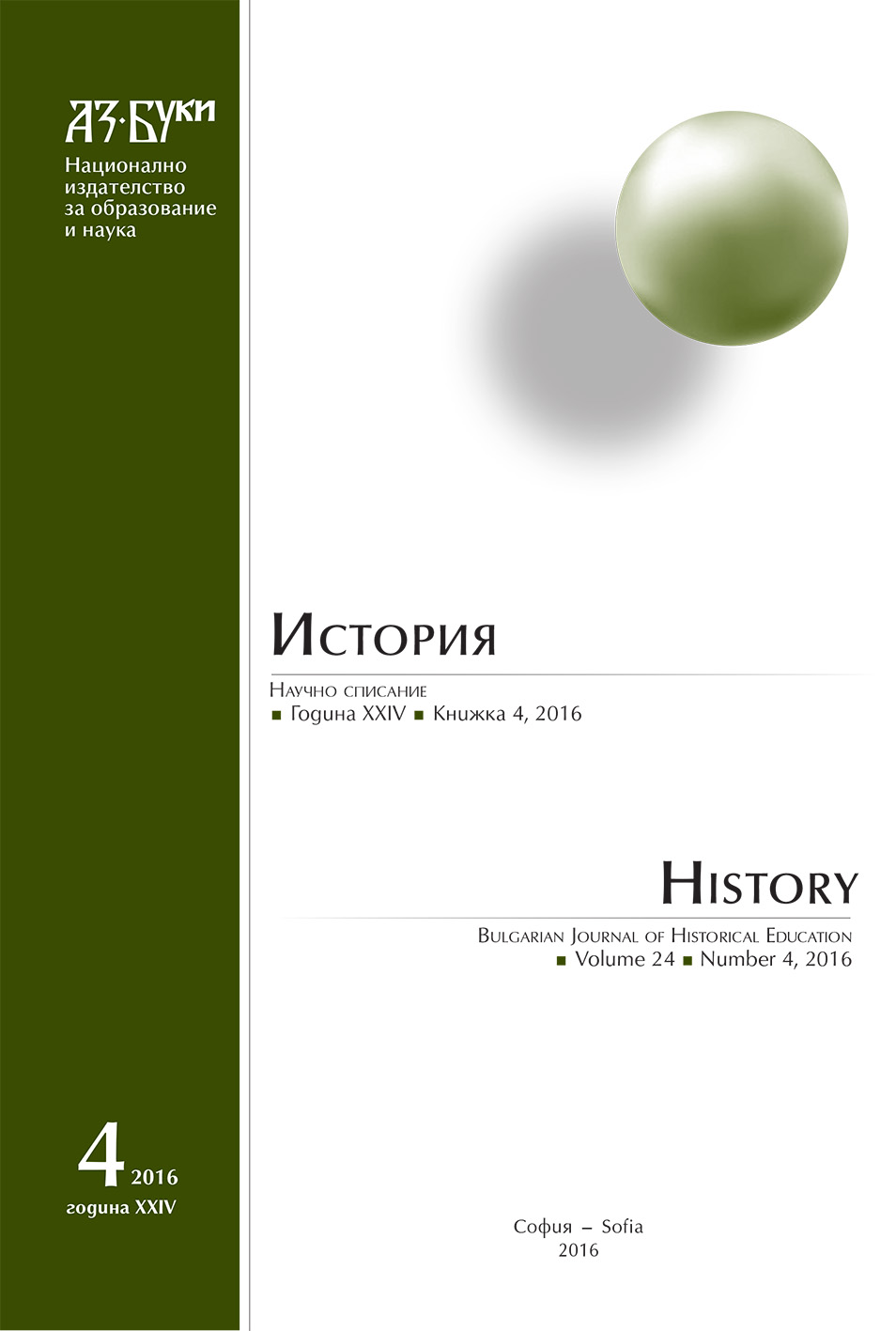
The investigation in question is recorded in a series of thirty-eight register entries on a case of financial malfeasance in recently-conquered Ottoman Egypt that was investigated by officials from Ottoman Syria. This case appears in the oldest existing mühimme defteri, a register of important affairs of the Ottoman Empire, and provides detailed information about how the Ottomans governed their provinces. It lists many of the taxes and revenues collected by the Ottomans and discusses the most important treasury personnel in the province and the documents they created. It also describes how the Ottoman state worked to control those personnel even at a distance and to induce these officials to adhere to concepts of just imperial rule. The article describes the issues in the case and identifies the provincial officials involved in the investigation, the documents they were supposed to collect or create, and the procedures they were commanded to follow. The conclusion examines the implications of the case for our understanding of the place of Syria and Egypt within the wider Ottoman Empire in the sixteenth century. This episode presents an instance of the Ottoman integration of newly conquered lands in a period when records are fairly plentiful (in contrast to the conquest of Rumeli, where most of our evidence comes from chronicles written at a later date). Beyond that, this case illuminates the whole issue of how an empire operates and challenges the stereotype of general Ottoman oppression of the conquered territories.
More...
The text contains elements from the history of the town of Pirdop and its` surroundings during the 19-th century. The codex of the local church community has been studied in detail. The accounting within was noted for two decades by the hand of the local notable, Simon. It starts from the decoration of the new church and further on contains data on the functioning of the church community as a microcredit institution. The core of local notable families was examined, as they were the leaders of the church community. More recent pre-Liberation ethnographic documentation, gathered by the teacher Simeon Aldov (Serdanov) was examined from a general anthropological, „patrimonial“, socioeconomical, ecological and geographical point of view in the frame of the region. Robbery and crime, local political unrest and their consequences have been mentioned in a cholistic perspective, in the spirit of local and regional studies.
More...